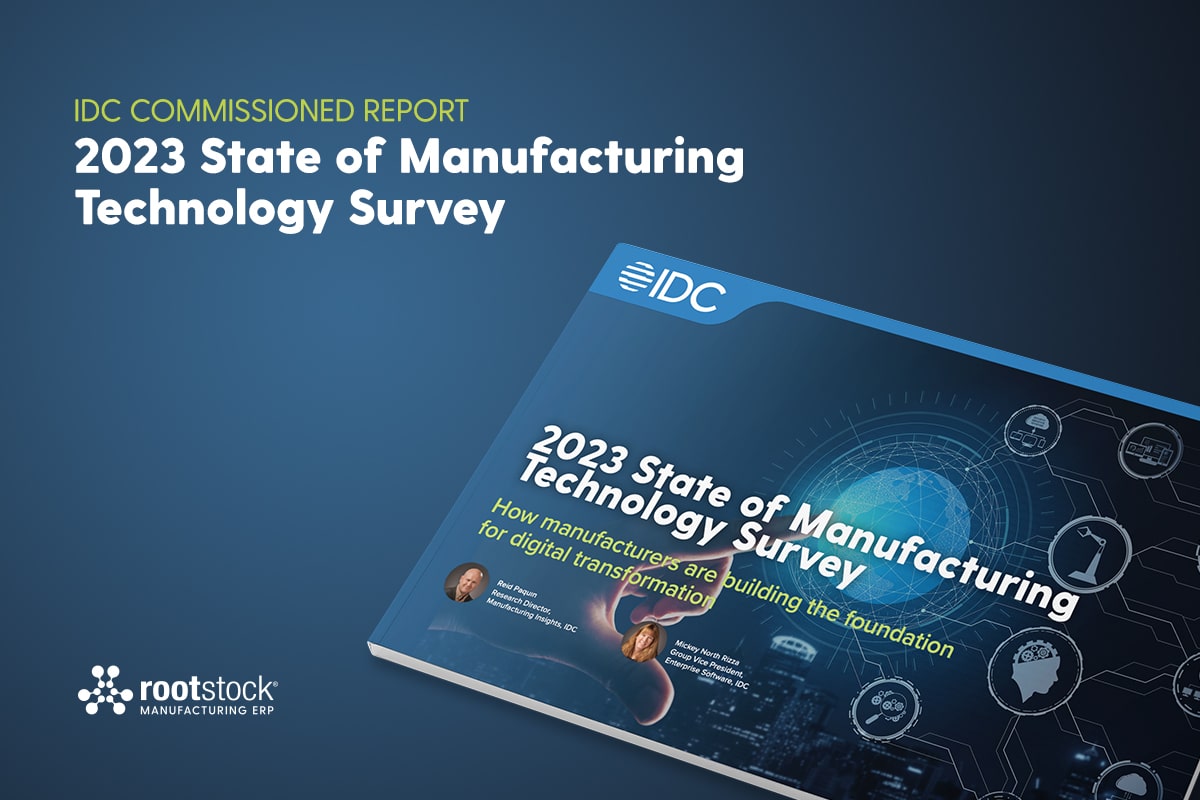
Enter the era of what the leading global technology research and consulting firm, Gartner, calls the “composable enterprise”. Composable, because this strategy enables companies to build their enterprise IT footprint “composed” of component technologies from different vendors with a modern, best-in-class choice approach versus the legacy approach of monolithic solutions collected and pre-integrated together from a single vendor. This approach gives manufacturers more agility to respond to learnings that refine their strategy than just being reactive with the systems they have.
ERP Business Case: Background, Challenges & Need
Disconnected Systems Result in Poor User Experience & Cause Significant Time and Resources Depletion
A current and demonstrable example of this strategy is with the Fike Corporation who has composed their business architecture by building upon the Salesforce Platform starting with their CRM function and adding Rootstock Cloud ERP for its core business foundation. From there, Fike has tailored their ERP on Salesforce to suit their specific business processes and has added more than 60 applications from the Salesforce AppExchange, that natively connect to the Salesforce Platform for a one-of-kind business architecture to suit their one-of-a-kind business.
Fike is a global manufacturer specializing in life safety. They produce and distribute fire detection and suppression products, explosion protection products, and pressure relief products serving large commercial industries such as pharmaceuticals as well as government agencies around the world. Their products are life critical, and they take their business very seriously!
Prior to undertaking their enterprise-wide digital transformation journey, Fike was like many companies who had grown quickly and cobbled together their business systems on an ad hoc basis. Their director of corporate business systems, Chad Lowman, explained that they had collected many disparate tools which created data silos resulting in disconnected business systems that were unwieldy to maintain and didn’t give them the business visibility that they required. Their enterprise resource planning (ERP) system was on a server literally housed in a cave without any connection to their customer relationship management (CRM) system. And neither of these business-critical systems were connected to their product system of record—which was not being maintained. Just keeping these systems running was a non-value-added burden for the small IT team.
ERP Business Case: Benefits and Outcome
Unified ERP Software to Support Lean Manufacturing Optimization
When Fike made the decision to upgrade their IT stack, their original plan was to focus on best-in-class solutions for these individual areas, but after upgrading their CRM to Salesforce, Chad realized that a point-solution approach was “self-sabotage”. Their early experience with the Salesforce Platform gave them speed, agility, and standardization that allowed them to plug-&-play new solutions from the AppExchange to meet the specific needs of both internal and external customers. The result was becoming a harmonized, end-to-end business system with a unified data model that became their central system of record for all the business needs of the whole company.
In fact, this early experience was so transformative that their decision to further standardize on the Salesforce Platform became core to Chad’s IT strategy. During the evaluation, they did an A-B study between Salesforce and a competitor, but the resulting employee experience of logging into a single system with a single user interface and common data model represented such a stark difference to the competitor that the decision made itself.
“I’m a big lean guy,” said Chad. “If I think about it and I look at a time study between how long it takes for me to work on this and that and I look at my developer’s time, it didn’t make sense for us to maintain this connection between this system and that system. I call that non-value-added time.” Chad maintains a very lean IT administration team and did not want to have them broken up across different systems. The common platform created an infrastructure for the team to learn and grow on and they were quickly able to support all the different applications for all the different types of users.
When their next business system to upgrade came into focus, the decision again made itself. Chad and Fike’s chief technology officer were attending Salesforce’s Dreamforce annual conference when they walked into Rootstock’s booth. Chad had been aware of Rootstock, having seen a couple of demos, but as their unified platform strategy was already bearing fruit, they realized that adding their core business system of record—a cloud ERP on the common platform—would really address their CEO’s challenge to digitally transform the whole business.
Increased Visibility for Internal & External Stakeholders
“When we looked at Rootstock, it just made sense!” Said Chad. “What if we could create a lead in Salesforce and it would automatically cascade through the system into cash on the other end? Not just creation of a work order, but completion of that work order and shipping the product. Now we can see full scale how long it takes to convert a lead into an opportunity that actually turned into an order and reconciles into cash upon shipment when we get paid. There’s no easier way to do that than having all of your data on the same platform and all of the identifiers just seamlessly tracking the life of an order. Not only that, but now I can easily do a return material authorization (RMA). I can see the warranty side. I can do more things that are reflective of our customer. It’s akin to the old school phone operator plugging cords into connectors on a switch board.”
Chad shared more on the CEO’s broader vision. “I need all my vendors to be able to log into the system and have a real-time look at every single product that they source to us. They need to see predicted timeline or pipeline, so we can see an opportunity when its in a very firm stage to when it is at an advanced stage.” This connected strategy gives everyone greater visibility into the dynamics of demand planning and enables more effective collaboration with suppliers. Everyone can see the same, real-time, single source of truth. For example, Chad explains, “I’ll be on a call with a customer with a question about the data and I can say, ‘Let me adjust this. Now, refresh your screen’ and it is updated in real-time. How cool is that?”
As their vision evolves, the challenge is to think big, but it’s all about setting expectations. Adoption by the internal teams has been easy except for setting expectations. People will say, “This is great, can we do X?” and Chad’s team can implement enhancements to the user experience or processes with low-code tailoring and Salesforce “flows”. His development team has a giant ToDo list, but they’ve been able to do a lot of things in production while planning other tasks for continuous improvement. All because of the flexibility of the platform. And that flexibility enabled them to do the entire rollout virtually without ever seeing a vendor in person or shaking a hand.
What’s next for Fike? They are ahead of schedule on their digital transformation. The way they re-envision how they see data in the Salesforce Platform promises to be fun and exciting. “I think that’s something that’s going to really jazz up our internal staff members and our customers. Harmonizing price books and product names into our system in such a way that no one has to ever import to CSV into our system. It will just happen dynamically.”, says Chad. “The morale of the team is good and positive and we’re going to make this stuff happen and everyone’s going to be super happy!”
Watch the full webinar with Chad, Rootstock and Salesforce here.






